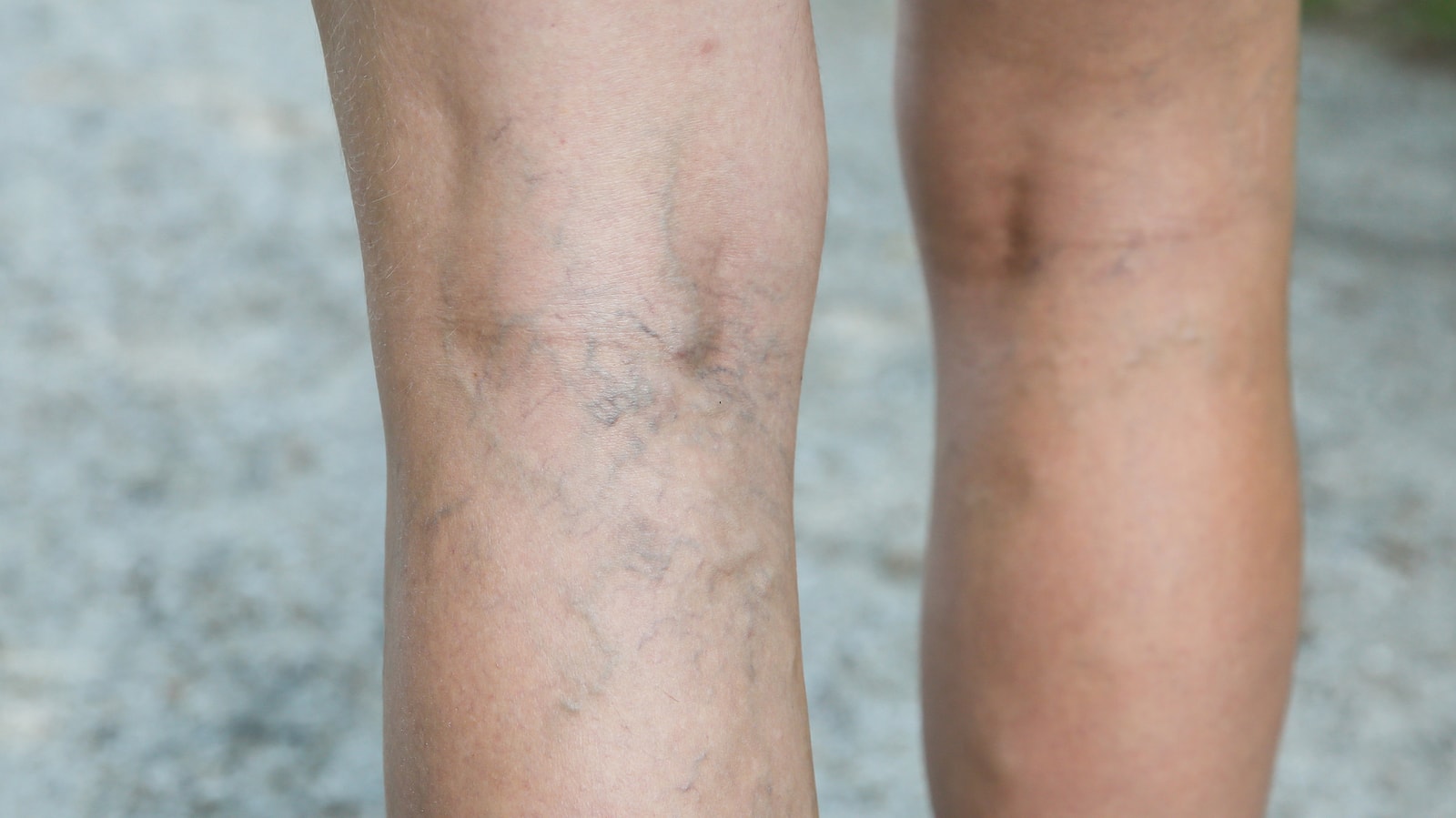
Reticular veins are the dilated green and blue veins that are located beneath the surface of the skin. They are also known as feeder veins and they can enlarge due to an increase in pressure in the veins.
While reticular veins are normally a hereditary condition, they can also appear for non-hereditary reasons. In conjunction, many people with evident reticular veins also have spider veins.
Many people get their spider veins treated as they are the more superficial veins that can be seen very easily by the general public. The patients generally have a family history of spider veins. There are not any known spider vein causes but it is a condition more prominent in women. While many women generally attribute the veins to wearing high heels or long periods of standing or sitting while not moving, none of those things are known factors in getting spider veins.
Reticular veins are a deeper and wider vein with a little less color that is more of a bluish or greenish color. They tend to be sort of a net that is underneath the skin.
Spider veins connect to the reticular veins. The reticular veins connect to the larger veins that actually become varicose veins if the patient has valve problems. Generally, valve problems are located in the thighs.
Spider veins are up on the surface and are shallow but brighter because of the fact that they are on the surface. Reticular veins can be seen in different lights and actually look like a bigger net under the skin and not up on the surface. Most patients are more concerned with the spider veins because they are bright and on the surface.
Vein Removal can be handled by a couple of different methods in a medical office without needing anesthesia. The two most common are:
Usually full legs are treated in either type of session, but multiple sessions (usually 2-4) may be needed for the best results depending on the number and concentration of veins. It is necessary to inject only specific amounts of sclerotherapy solution per visit. For mini-phlebectomies, all the suspect veins should not be treated at one time. For these reasons, multiple visits are usually required and are spaced at about 4-8 weeks apart.
While sclerotherapy can sometimes be used on varicose veins, there are other treatments that can be used as well. One of those treatments is an endovenous laser. An endovenous laser treatment destroys the vein that has an incompetent vessel and those are the deeper ones generally found in the thighs.
Aetoxisclerol is one of the safest sclerosants to use because nobody is allergic to it. A sclerosant is an injectable irritant used to treat veins during sclerotherapy. It can be safely used on various parts of the body as well as different types of veins. Chillers are often used to chill the skin before a needle is inserted so that patients don’t feel anything during a sclerotherapy treatment other than cold air. Patients are often pre-treated with a topical numbing cream as well for additional patient comfort.
The main difference between a mini-phlebectomy and sclerotherapy is that the mini-phlebectomy cuts through the skin to go deep and get rid of the vessel. It is much more invasive than sclerotherapy.
A doctor cannot perform mini-phlebectomy on spider veins. They cannot treat the superficial, visible vessels with a mini-phlebectomy. A mini-phlebectomy is only for reticular veins or varicose veins.
Sclerotherapy occasionally leaves brown marks if the patient gets a little bleeding into the skin (especially down towards the ankles). The vessels with red blood cells that escape out into the tissue leave iron (which is brown). The brown in the ankles can last for months but it eventually goes away. A rare limitation is the fact that the patient can get an infection. A topical disinfectant is used before the vessels are treated so an infection is very rare.
The downtime from either procedure is one day. After sclerotherapy, a patient will look like they have mosquito bites and will feel a little itchy so it is usually recommended that they take it easy for the rest of the day. After a 24-hour rest period, they can do whatever they want including returning to exercise.
The results after treating reticular veins are permanent. It may require several treatments if the veins are extensive. Once they are treated and eliminated, the results are permanent and they do not come back.
Even though reticular veins are located beneath the surface of the skin and are not as visible as spider veins, they still need to be treated by an experienced doctor. Scheduling a consultation with a doctor trained in treating vein conditions is the first step in the treatment process. The physician can examine the patient and determine the best course of treatment in getting rid of the reticular veins.
Written by Cosmetic Town Editorial Team - MA
Based on an exclusive interview with Victor Rueckl, MD in Las Vegas, NV